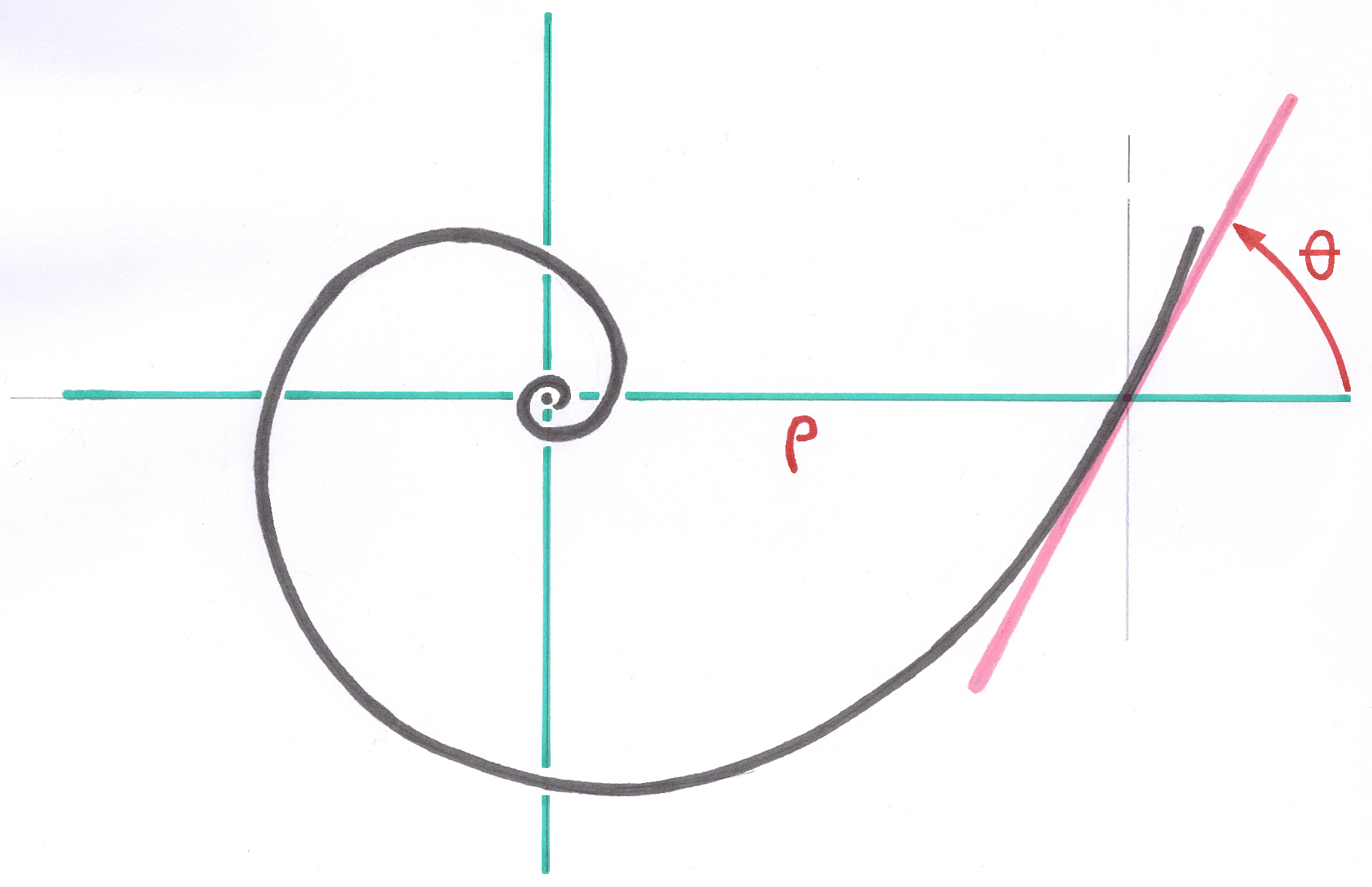2.4. The Principle of Field of Bone Vitality
2.4.1. Summary
By experiment we know that if the bone undergoes neither forces nor dynamic stress, it is thinned and ended up resorbing. On the other hand, if the bone receives excessive constraints punctually, it also resorbs, with in certain cases, of sharp local pains. It results from them two logical thresholds, whose values are not yet available with precision, but which seem to me, considered locally, being of a great constancy from one individual to another.
I called the lower threshold, Threshold of Resorption per Insufficient Constraint and the higher threshold, Threshold of Resorption per Excess of Constraint. It is the intermediate zone between these two thresholds that I called it Field of Bone Vitality. Geometric Anchoring gives the certainty that all the contact points of the bone with the prosthesis support only constraints located between these two thresholds.
2.4.2. Existence of a Field of Bone Vitality
This paragraph briefly treats my reflections over the last 20 years of which I held account in the design of the prostheses that I created. In 1998, I presented this concept to the Society of Biomechanics (6.2.3. )
The experience shows, and it is well-known, that if the bone does not undergo either forces, neither gravity, nor dynamic stress, there is loss of osseous mass. The bone is thinned and tends to resorb. On the other hand, if the bone receives excessive constraints punctually, it resorbs with in certain cases of sharp local pains.
This reflection is naturally in agreement with Wolff's Law, 1892. ( 6.2.3. Doc 6 ) It results from this two logical thresholds, whose values are not yet available with precision. I am persuaded that a thorough study would make it possible to highlight a great constancy for the cortical bone of one individual the other. (Local and microscopic Consideration)
2.4.3. Definition of the thresholds of the Domain
In this document, I called the lower threshold, threshold of resorption per insufficient constraint and the higher threshold,
threshold of resorption per excess of constraint.
It is the interval between these two thresholds, where the bone tends to be consolidated and be reinforced, which I called the Field of Bone Vitality. In the case of an implant, all the contact points of the bone with the prosthesis should support only constraints located between these two thresholds.
2.4.4. Application to the prostheses
When designing prosthesis, I take account of the Field of Bone Vitality to make sure that certain zones of the prosthesis are not pressed on the bone with too high pressures, and that other zones subject the bone only to insufficient constraints.
The ideal naturally would be to reach the uniform distribution of the constraints on most of the implant, which is hardly realizable, but which must be required. If, after implantation, the bone receives constraints included in the field of bone vitality, he will be requested in a constructive way and non destructive and the osteointegration will be able to extend on a considerable surface from the implant. The end result will be the secondary stability of the implant.
2.4.5. Need for respecting the Field of Bone Vitality
With my opinion, the osseous pains reported by many patients having received certain prostheses without cement, are caused by constraints exceeding temporarily and locally the Field of Bone Vitality.
These pains are the alarm signal indicating that the higher threshold is exceeded. This also arrives when the prosthesis is unstable and is not based any more that in some points on the osseous bed ( absence of Primary Stability ).
For certain prostheses without cement,” an onion” thickening is formed in the vicinity of the point of the stem outside the diaphyse and a” pedestal” or cal is formed inside the medullary canal. This phenomenon of” onion”, if there remains weak, can be regarded as normal especially if no pain accompanies the constitution by thickenings.
The distal end of an implant, by nature, introduce a discontinuity into the aptitude of the diaphyse to be become deformed elastically during loadings. Between the point of the stem and the empty diaphyse, moderate thickenings compensate for this inevitable discontinuity in the long term.
2.4.6. Mode of formulation and adjustment.
Among the mathematical functions which constitute the terms of the Calcar Polynomial, the Fixation Function makes it possible to dominate the distribution of the constraints along the diaphyse. The Distal Separation Function, as for it, makes it possible to decrease gradually the constraints exerted by the implant on the bone little before the distal end, and makes it possible to prevent that the area of empty diaphyse is not more abruptly overloaded.
These processes allowed me, in the last version of the stem without cement Zweymüller SL Plus, to satisfy the theory of the Field of Bone Vitality and thus to obtain that these prostheses are almost always painless as of the first days of loading of the patient.
2.4.7. This subject deserves the continuation of a research
It is clear, that not having Laboratory, it was not possible to me to concretize and develop this concept.
I would have wished to be able to use real and measurable results to aim at an additional progress in the design of the implants. I would be thus happy to establish contacts and to collaborate in a thorough study to manage to define actual values and measurable thresholds of Bone Vitality vis-a-vis the constraints, which would confirm this hypothesis.
----
